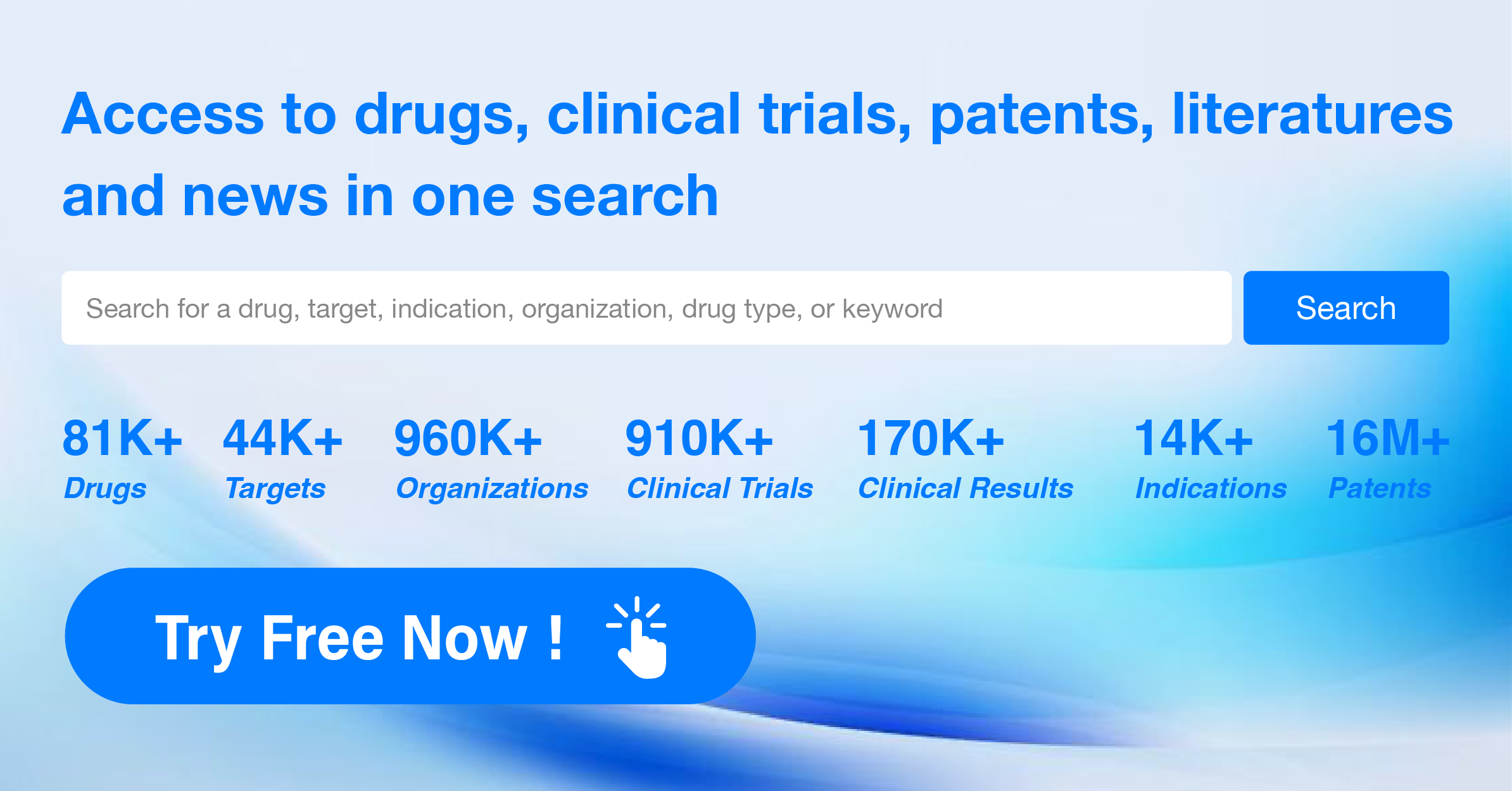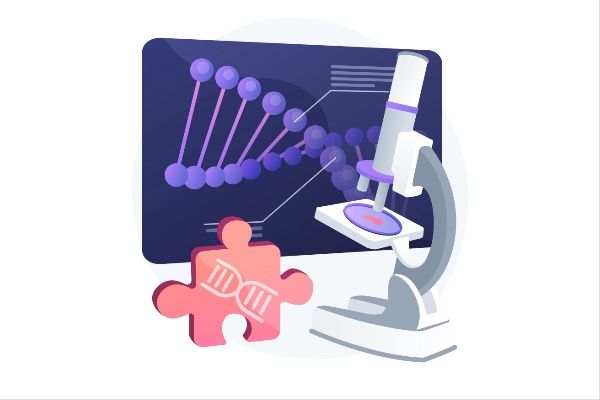What is Microparticle Technology?
Microparticle technology refers to the creation and application of tiny particles with diameters ranging from a few nanometers to a few micrometers. These particles can be made from a variety of materials, including polymers, metals, ceramics, or biological molecules, and are used across many fields, including pharmaceuticals, cosmetics, food science, and materials science.
Key aspects of microparticle technology include:
·Manufacturing Techniques: Microparticles can be produced through various methods such as emulsion, spray drying, electrospraying, and solvent evaporation, each suitable for different materials and applications.
·Drug Delivery Systems: In pharmaceuticals, microparticles are used as drug delivery systems to control the release of active ingredients, enhance bioavailability, and target specific tissues or organs. They can be designed for oral, parenteral, or transdermal administration.
·Encapsulation: Microparticles can encapsulate drugs, vitamins, or other bioactive compounds, protecting them from degradation and controlling their release in the body.
·Surface Modification: The surface of microparticles can be modified to improve their stability, biocompatibility, and targeting capabilities. This can involve the addition of functional groups or coatings.
·Therapeutic Applications: Microparticles are used in targeted therapies, where they can deliver drugs directly to cancer cells or other disease sites, reducing systemic side effects.
·Diagnostic Tools: In diagnostics, microparticles can be used as contrast agents in imaging techniques such as magnetic resonance imaging (MRI) or as carriers for biosensors.
·Cosmetic and Personal Care: Microparticles are also used in cosmetic products for skin exfoliation, colorants, and as carriers for active ingredients.
·Environmental Applications: Microparticles can be used for environmental remediation, such as in water filtration systems or for the removal of pollutants.
·Food Industry: In the food industry, microparticles can enhance the texture, flavor, and shelf-life of products, or serve as carriers for nutrients and preservatives.
Microparticle technology is a versatile and rapidly evolving field, with ongoing research aimed at developing new materials, improving manufacturing processes, and expanding the range of applications. In the pharmaceutical sector, the technology holds great promise for personalized medicine and the development of more effective and safer treatments.




